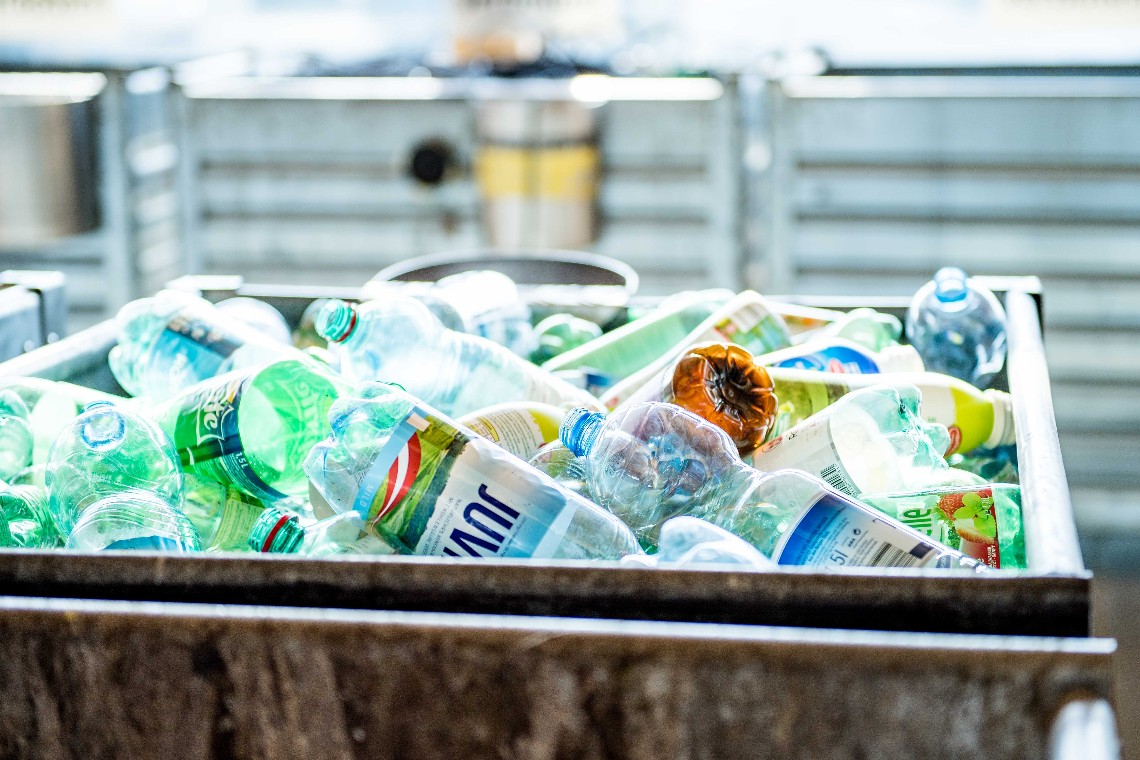European Plastics Strategy
The European Strategy for Plastics published by the European Commission is an essential part of the European Union’s Circular Economy Package.

According to information from the European Commission about 25.8 million tonnes of plastic waste accrue in Europe annually. Less than 30% of this waste is collected to be recycled. Huge amounts of plastic waste of most different sources leak into the environment, generating significant economic and environmental damage. It is estimated that plastic accounts for over 80 % of marine litter worldwide. In the European Union 150,000 to 500,000 tonnes of plastic waste enter the oceans every year.
The European Commission wants to build on the present strategy when rethinking the plastics economy. In future, both design and production of plastic products are to take account of the reusability, repairability and recyclability of the product, and more sustainable materials are to be developed and promoted. At the same time, the market for recycled plastics is to be boosted.
By 2030, all plastics packagings placed on the EU market should either be reusable or allow cost-efficient recycling. Non-recyclable materials are to be banned from packaging.
In the light of the above it also necessary to foster the preparation and processing of recycled plastics by improving the collection and sorting of plastic waste.
One important issue of the strategy is to prevent plastic pollution of the environment in the first place, in particular pollution by single-use plastics items like coffee-to-go cups, plastic cutlery and single-use bottles.
The European Commission also targets microplastics intentionally added to cosmetics, detergents, dyes etc. They represent a relatively small proportion of all the microplastics released but they are relatively easy to prevent. Therefore, a procedure for the Europe-wide restriction of this type of microplastics has already been launched in the framework of the European chemicals law.